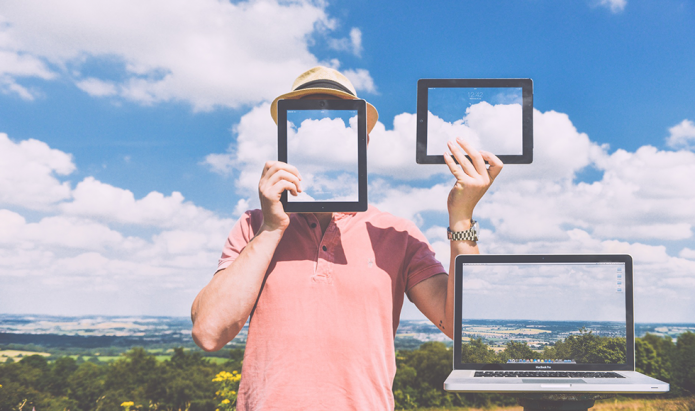We live in strange technological times. The two most popular advancements in the field of computing these days seem to be Ultra books and tablet PCs. Slim is definitely in. In between are those inventions that lie in between. The likes of the Asus Transformer Prime or the laptop from Lenovo that had a detachable screen which ran its own operating system and acted as a table t in itself. The new kid on the block seems to be the Asus Taichi.
What makes the Taichi stand out from the crowd is the fact that it has two screens. One on the outside of what is traditionally the ‘laptop cover’ and the normal laptop screen. This is a machine that runs on the new Windows 8 operating system which is optimised for tablet devices. What is really unique about this concept which I think could be leveraged further is having a mirrored display. So activity on one side of the screen is mirrored to the other screen. Now if you made both screens touch screens, this could become an amazing tool for collaborative work. And even if both screens aren’t touch screens, the current configuration definitely promises some exciting possibilities. Watch the demonstration of the video below.
5 possibilities of using the Taichi
- Multiplayer gaming – anything from Battle Ships, Chess to Tennis would be quite interesting with two screens like this
- Having an overlay system where one person works and the other person uses the other screen to contribute in real time. Think about group paintings, brainstorming and what not. The app developers will have a field day with this one.
- Sales counters. Think of the possibilities for creating interactive displays at shopping check-out counters. Combine this with in store reward schemes.
- Interactive tutorials, this is perfect for teaching small classes. It does away with the need for having a full-blown projector setup.
- If you had a forward facing web cam, you could finally create a completely transparent desktop. The forward facing cam would create a video of the area facing the desktop while the normal user cam would generate a video of the user in front of the computer. Thus transparent desktops that we see in movies like Avatar and Prometheus would become a reality.




